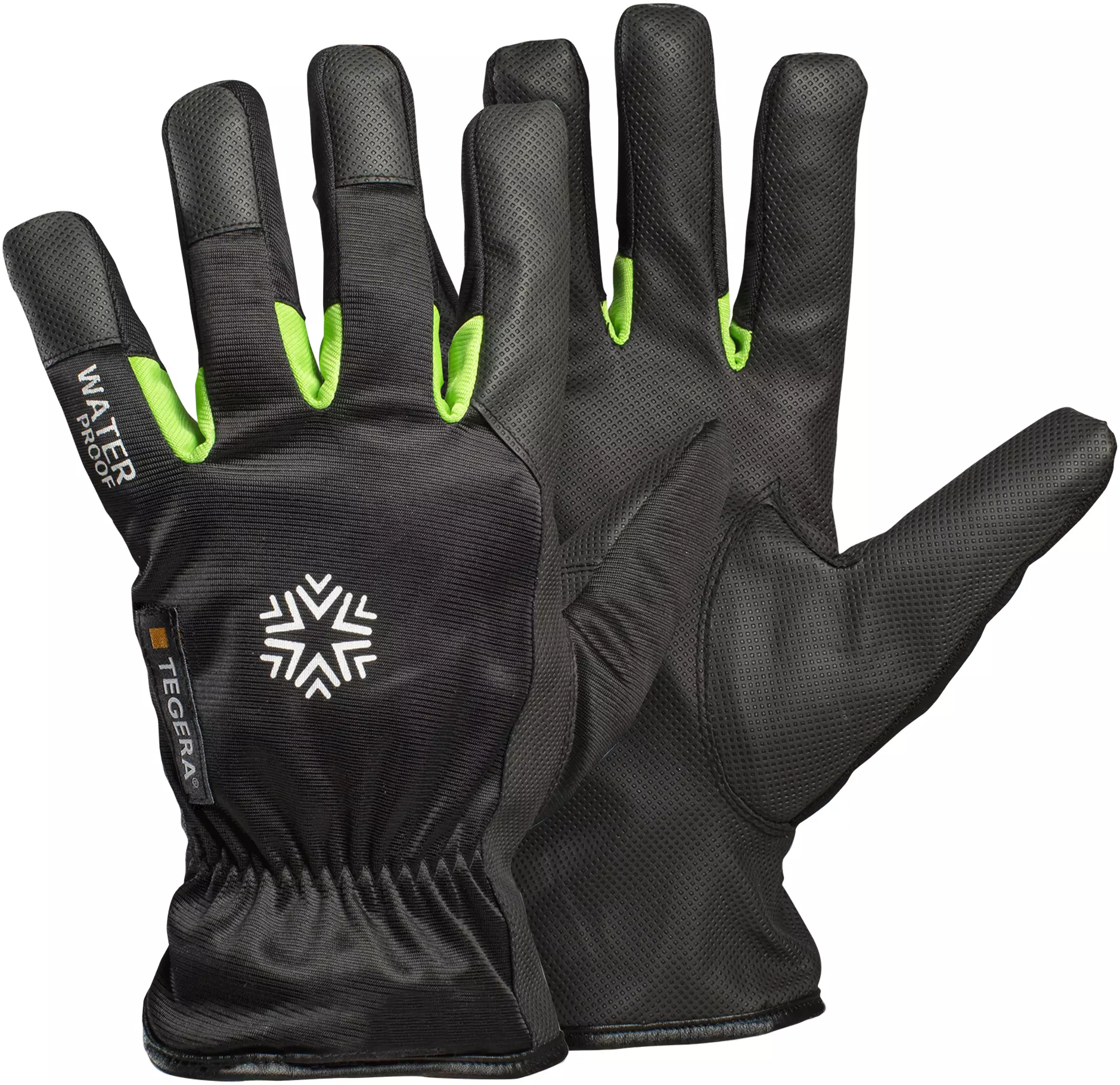Loading Tegera for Germany
Change the country of delivery or ask for an alternative for product code TEG-518 by contacting one of our product experts.

Tegera Synthetic Glove 518
Tegera Synthetic Glove 518
(11)
Change the country of delivery or ask for an alternative for product code TEG-518 by contacting one of our product experts.
Get help from our experts
You can pay with any of the following popular payment methods:
Get in touch with our customer support if you need help
Get help from our experts